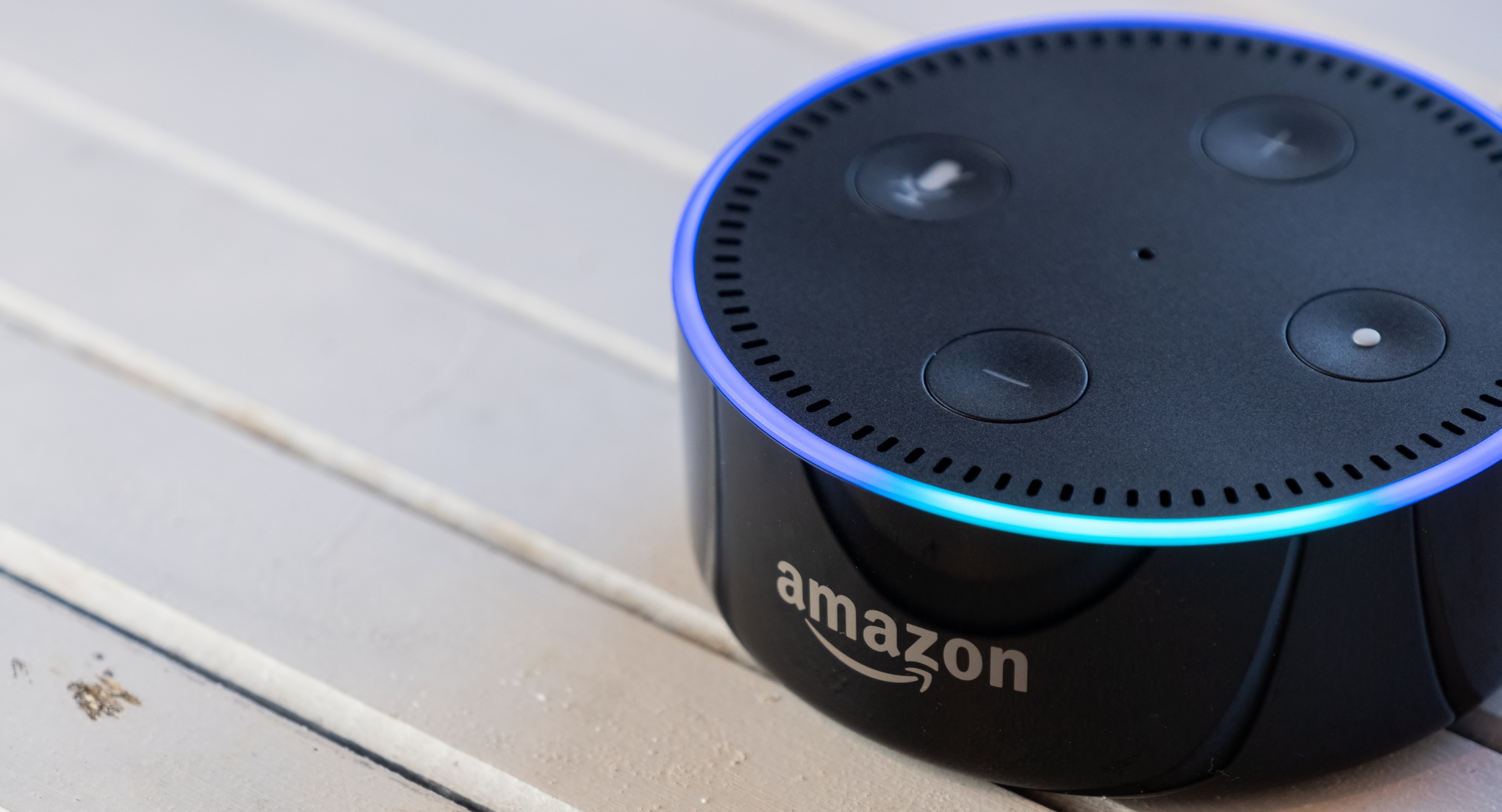10 Important Brand Health Metrics to Track in 2021
Learn how Regions Bank Perfected their customer journey
Have you ever stored your lunch in a Ziploc bag? Do you reach for a Band-Aid when you have a small cut? If you have a cold, do you try to keep a box of Kleenex nearby?
If you understood all three of those questions, then you understand the power of great branding. But even the best marketers are a bit shaky when it comes to quantifying the value of a strong brand.
Tracking the impact of branding initiatives isn’t easy – and in today’s data-driven marketing environment, that isn’t ideal. With upper-level management increasingly requiring metrics to justify investment in a campaign, a brand’s role in generating revenue is often undervalued.
There is an answer to this challenge. Marketers must engage in brand tracking, backed by metrics that measure their brand health. Let’s take a closer look at what brand metrics are, why they’re important, and give you 10 examples to help you get started.
What Are Brand Metrics?
Brand metrics give marketers a quantifiable way to track brand health and overall performance for their branded campaigns. Many of these metrics can be directly tied to the campaign’s long-term marketing ROI, providing a compelling testament to the true value of your brand.
This is often accomplished using leading indicators, which are predictive, forward-looking variables. Think of them like a canary in the coalmine. By analyzing the data points, you can predict how something as small as a 2 percent boost in brand awareness will influence your overall revenue. Providing this level of analysis requires an advanced marketing analytics platform, but it is the most reliable way to prove the value of brand campaigns.
Why Are Brand Metrics Important?
Brand metrics help marketers measure how their brand stacks up against the competition while providing insight into customer perceptions. Additionally, using metrics to build KPIs will help you determine how successful a campaign is while it’s in-flight. This information can be crucial to inform future campaigns, or course-correct campaigns if they fall short of expectations.
Further, they help you prove the success of brand initiatives to leadership, especially if you can tie brand strength to revenue. When the entire leadership team recognizes the long-term value of a great brand campaign, your team can justify an investment in a more robust strategy. Overall, this will clearly demonstrate the value of not only brand campaigns, but the general efforts of the marketing team.
10 Brand Health Metrics for Your 2021 Strategy
Brand metrics can help you track many facets of your brand strategy. If you’re curious about what people think of you, how people buy from you, or how your brand contributes to sales, brand metrics have the answer. Marketers tend to measure these metrics through surveys, but they can also be gleaned from marketing campaigns.
Ready to get started? Here are 10 metrics that will help you track brand success:
1. Brand Awareness
Marketers can track brand awareness by conducting surveys, extrapolating engagement information from social media, and tracking general campaign impressions. It refers to how easy it is for a consumer to recognize you. Brand awareness is a foundational metric for tracking and growing your brand value and should regularly appear on any marketer’s list of brand metrics.
2. Brand Consideration
If a customer is already aware of you, brand consideration determines how likely they are to purchase from you. You can measure this through surveys, or by paying close attention to your market share following branded campaigns. Brand consideration provides a great metric of brand health, as it measures your popularity when compared to a generic or competing brand.
3. Brand Associations
This metric outlines which brands customers associate you with, and how strongly they feel that way. Mapping these associations can provide you with an idea of who your “brand neighbors” are, which can be used to identify competitors and potential partnerships.
4. Customer Satisfaction
Customer satisfaction is central to any positive brand movement. To measure customer satisfaction, it’s best to conduct a brand health survey that solicits customer opinions. If customers aren’t satisfied with their purchase, they’re unlikely to purchase from you again and may actively deride your brand.
5. Brand Perception
Brand perception describes what customers think of your brand. Are your products always a good value? Do you offer unmatched quality? Does purchasing from you support a good cause? Your overall brand perception is typically measured through survey data and may be supported by metrics like customer satisfaction scores or net promoter score.
6. Brand Salience
Brand salience helps you determine if customers remember you. For example, if a quick-service brand wanted to measure their salience, they could ask members of their target audience to name 10 quick service restaurants. If their name consistently appeared on that list, they would likely be pleased with their brand salience.
7. Brand Loyalty
Many marketers are already familiar with brand loyalty. It describes how likely a consumer is to purchase from you again and/or purchase new and different products from your brand. Brands can assess the loyalty of their customers through methods like brand health surveys or repurchase data.
8. Brand Sentiment
Brand sentiment helps marketers understand their organization’s reputation among certain groups. This can be used to help you identify how campaigns are shaping overall perceptions of your brand and can also be tied directly to ROI. After all, if a customer likes and trusts you, they’re more likely to purchase from you on an ongoing basis.
9. Net Promoter Score
“How likely are you to recommend this product to a friend?” is a classic question used to determine your net promoter score (NPS). This metric, often determined through brand health surveys or by measuring purchasing behavior in a certain market, helps you determine whether or not a customer would recommend your brand to others.
10. Brand Equity
If you measure all the metrics in this post, you’d be able to determine your overall brand equity. This metric measures how much your brand is worth, both socially and financially. By generating awareness, delivering on your promises, and speaking to your target audience’s values, you’re bound to increase your brand equity.
Final Thoughts
Good branding isn’t an accident. It takes time, effort, and constant refining of your strategy to enjoy the many benefits of a strong brand. Metrics provide the basic building blocks for understanding the impact of your brand strategy – but many marketers are missing the basic framework necessary to maximize the value of their brand.
The answer lies in a marketing analytics platform that has a strong focus on brand tracking. A solution like Marketing Evolution has the power to tie marketing ROI to your brand campaigns, track your reputation, and gain interesting insights to help you optimize your brand value. By keeping a close eye on brand metrics, your organization will get clear insights on exactly what your target market needs to hear.





















